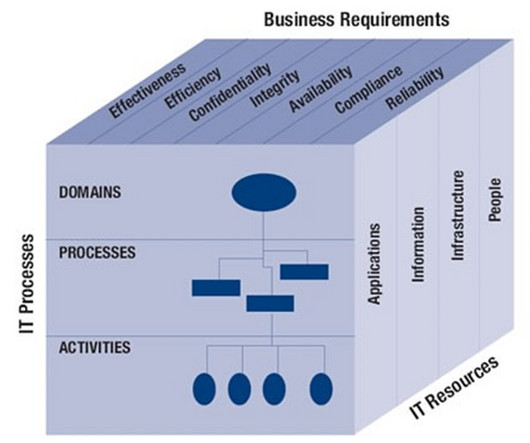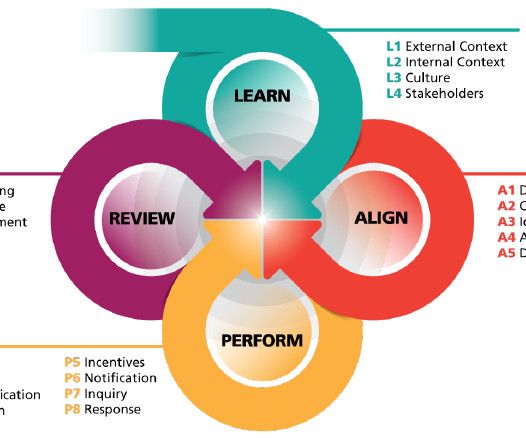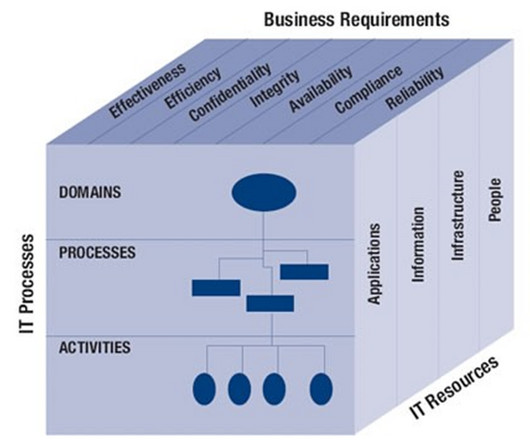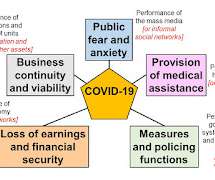What is COBIT? COBIT Explained
BMC
DECEMBER 5, 2024
Development of the AS 8015: Australian Standard for Corporate Governance of Information and Communication Technology and the ISO/IEC 38500 in January 2005 and January 2007 respectively upped the degree of awareness of the need for reliable information and communication technology (ICT) governance components.














Let's personalize your content